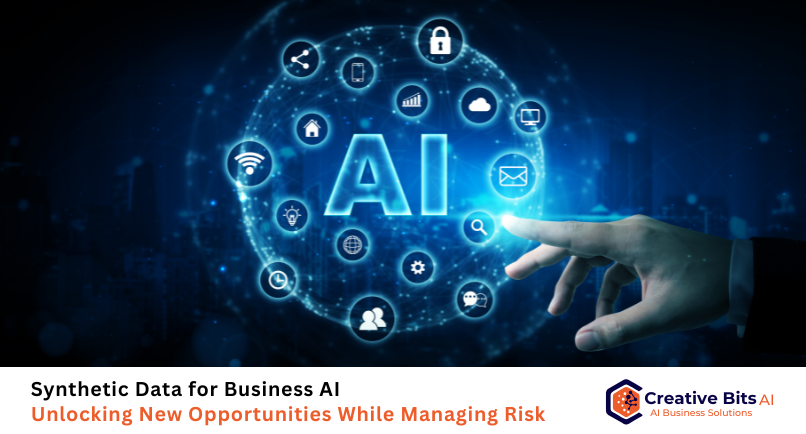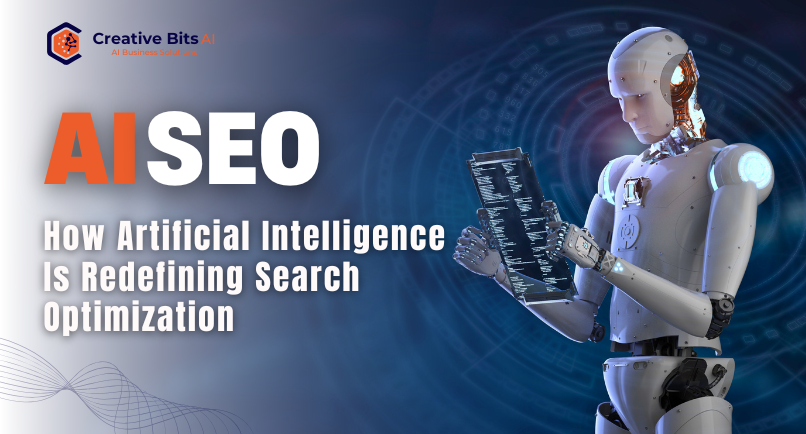The integration of Artificial Intelligence (AI) is revolutionizing the banking and financial sector, opening up new avenues for growth, innovation, and customer interaction while enhancing operational efficiency. Core operations such as fraud detection, customer support, credit risk evaluations, and trading strategies are being transformed by AI, reshaping the industry’s landscape. This article delves into the various ways AI is transforming the financial industry, emphasizing its advantages and revolutionary uses.
Revolutionizing Fraud Detection and Prevention
One of the most significant impacts of AI in the banking and finance industry is its role in transforming fraud detection and prevention. Traditional fraud detection methods often relied on static rules and manual reviews, which were prone to delays and missed fraudulent activities. However, AI systems now allow for the automated, real-time monitoring of vast amounts of transactional data. Machine learning algorithms can analyze millions of transactions to identify anomalies, such as sudden spikes in spending or deviations from normal customer behavior. These AI systems are adaptable and constantly learn from new data, improving their ability to detect potential fraud. By minimizing false positives—where legitimate transactions are mistakenly flagged—AI-driven systems ensure that financial institutions can respond to fraudulent activity quickly and accurately. As a result, both the security of customers and the operational efficiency of institutions are significantly enhanced, creating a safer and more convenient environment for consumers.
Enhancing Customer Experience
AI has brought significant changes to the customer experience in banking and finance. By providing highly personalized services, AI is fostering deeper connections between customers and financial institutions. AI technologies can analyze large datasets, including transaction histories, income levels, and personal financial goals, to offer tailored financial advice. For example, AI-powered systems can suggest loans, credit cards, investment strategies, and savings programs based on the customer’s preferences and financial behavior. This personalized approach not only enhances customer satisfaction but also builds loyalty and trust. Furthermore, AI improves marketing efforts by enabling financial institutions to segment their customer base based on demographic and behavioral data. With this segmentation, banks and financial institutions can create more targeted marketing campaigns that resonate with specific customer groups, resulting in higher engagement and conversion rates. Customers feel more valued when their unique needs are addressed, contributing to improved customer retention.
Advancing Credit Risk Assessment
AI has also significantly transformed credit risk assessments, an area historically constrained by traditional credit scoring models. Traditional methods primarily relied on factors such as credit scores and repayment histories, often leaving out individuals with little or no credit history. By leveraging AI, financial institutions can now incorporate a wider range of data sources, including social media activity, purchasing patterns, and behavioral insights like payment habits and money management strategies. This data-driven approach allows financial organizations to assess the creditworthiness of individuals without conventional credit histories, fostering greater financial inclusion. AI-driven models are dynamic, continuously updating their risk evaluations in real time as new data becomes available. This adaptability enables institutions to take a more proactive approach, identifying potential risks early and adjusting loan decisions based on market conditions. As a result, AI enhances the precision of credit evaluations, helping financial institutions better manage risk while also expanding access to credit for underserved or marginalized groups.
Streamlining Customer Service
AI is transforming customer service in the banking and financial sectors, particularly through the use of chatbots and virtual assistants. These AI-driven systems, powered by natural language processing (NLP) capabilities, can understand and respond to customer inquiries in a conversational and natural way, offering 24/7 support. Virtual assistants can handle a wide range of tasks, such as guiding customers through online banking platforms, answering queries about account balances, and providing advice on financial products. This automation reduces the workload for human customer service agents, allowing them to focus on more complex issues that require human intervention. As AI systems interact with customers, they learn from these interactions, improving their understanding of context and delivering more relevant responses over time. This continuous learning process ensures that customer queries are handled quickly and accurately, leading to higher satisfaction and loyalty. By automating routine customer service tasks, AI makes the customer experience more efficient and effective.
Optimizing Trading Strategies
AI has become an indispensable tool in the world of finance, particularly in enhancing trading strategies. High-frequency trading (HFT), a type of algorithmic trading that executes orders at incredibly high speeds, has benefitted immensely from AI technology. AI can process vast amounts of market data within milliseconds, identifying profitable trading opportunities that would be difficult for human traders to spot. The speed and accuracy of AI-driven systems are essential in volatile markets, where timely decision-making is crucial. AI also improves trading strategies by analyzing historical market data and continuously refining algorithms to make more accurate predictions about future market movements. This helps traders optimize their strategies, minimize risks, and maximize profits. Additionally, AI can be applied to broader market forecasting by analyzing various factors, such as market sentiment, economic indicators, and other relevant data, to predict market trends. Financial institutions that adopt AI in their trading practices gain a competitive edge, thanks to enhanced speed, precision, and the ability to make data-driven decisions.
Ensuring Compliance and Risk Management
In a highly regulated industry like banking and finance, AI has also proven invaluable in ensuring compliance and managing risk. Compliance with regulatory standards requires extensive documentation and reporting, often involving tedious tasks like reviewing complex legal documents and creating compliance reports. AI automates many of these labor-intensive tasks, reducing the chances of human error and lowering the costs associated with manual compliance checks. Moreover, AI enhances risk management by monitoring transactions in real-time for potential threats, such as fraud or market exposure, and alerting institutions about suspicious activities. This proactive approach allows financial institutions to address issues before they escalate, improving their ability to manage risks and ensure regulatory compliance. With AI, financial institutions can operate more confidently and effectively, adhering to compliance standards while reducing operational costs.
Conclusion
AI is undeniably transforming the banking and finance industry by improving operational efficiency, enhancing customer experience, and unlocking new opportunities for growth and innovation. From fraud detection and credit risk assessment to trading strategies and customer service, AI is revolutionizing the way financial institutions operate. As AI technologies continue to evolve, they will become increasingly integral to the industry, providing unparalleled opportunities for financial institutions that embrace them. Integrating AI into financial operations not only boosts performance but also positions institutions as leaders in the rapidly advancing digital and intelligent financial landscape. The future of banking and finance will undoubtedly be shaped by AI, paving the way for a more innovative, secure, and responsive sector.
Call to Action:
Creative Bits AI offers state-of-the-art AI solutions to help financial institutions enhance operational efficiency, personalize customer experiences, and drive secure, data-driven growth. Discover how our advanced AI tools can transform your business and provide a competitive edge in today’s fast-paced financial environment.



